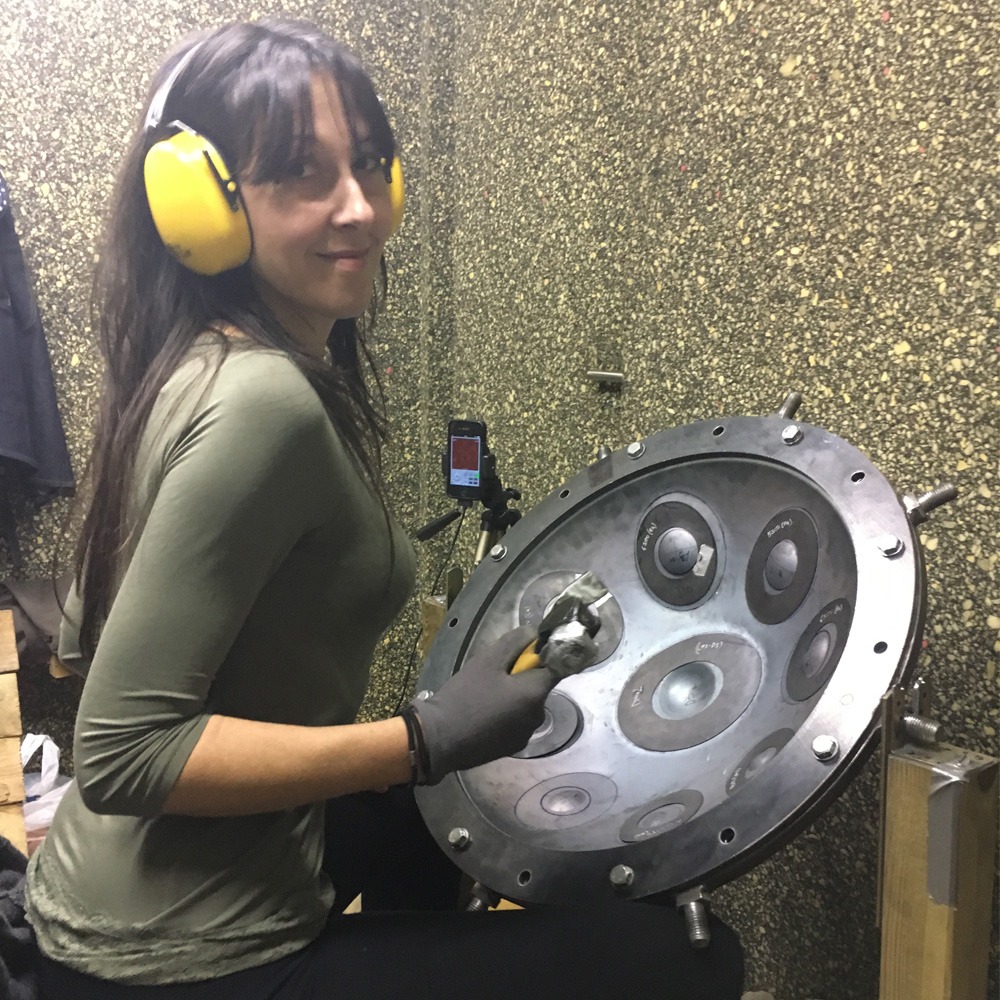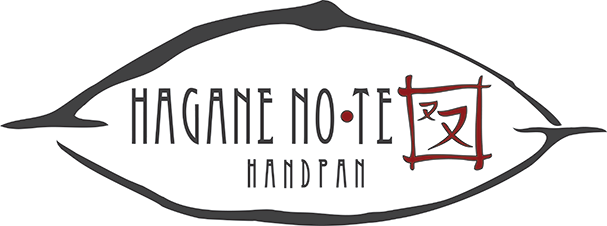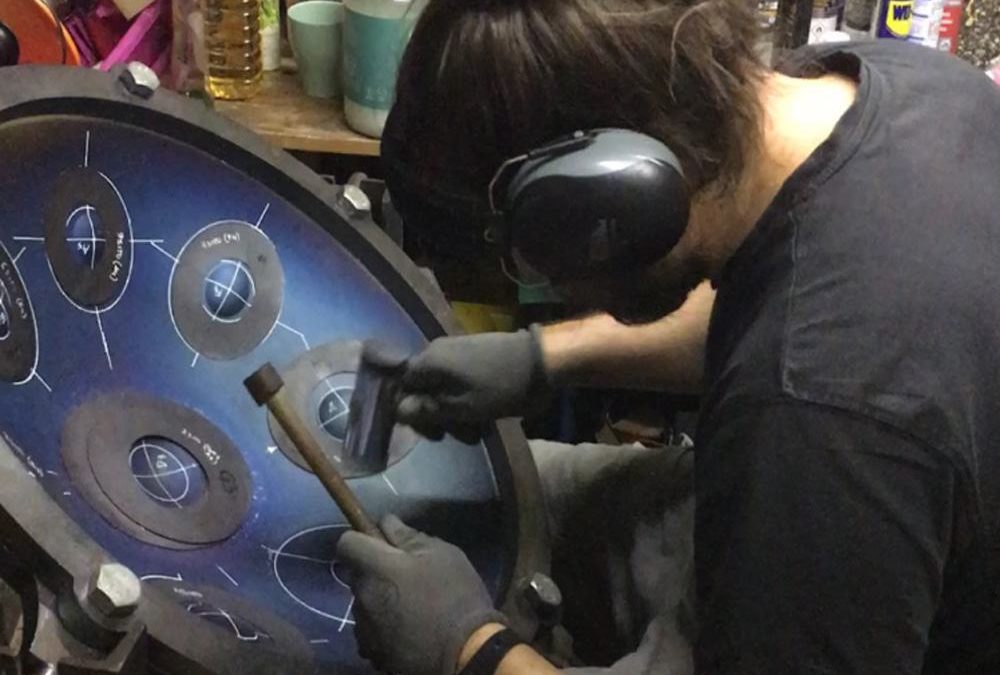Some days ago, the online magazine Handpan.es published a very interesting translation of a couple technical documents about handpan making. After a couple of years building instruments, making a lot of research about how to tune the mythical fifth and to get better sounding instruments, it was nice to get back to the documents we read at the beginning – the ones Handpan.es translated for the Spanish readers – and finally understanding something more.

Handpan making is just practice…
Yes, because handpan making is all about practice and some good piece of advice. Yesterday we watched the old PANArt documentary with a friend handpan maker. Felix, being interviewed by the journalist, was repeating that building is the product of hammering a million times and getting the feeling of it. It is personal practice, nothing more and nothing less. You first have to start hammering, and that’s all. Of course, you need to find good materials and tools, otherwise your trials at making would be a failure from the start.
…and working with good materials
A good point is using the same materials a good handpan maker usually uses; this way you will focus on reaching that result, pushing yourself towards better sound quality, comparing your instruments with the ones made by others, with the same materials. Then, there are tons of good videos on YouTube that show you how to shape, tune or treat a shell! It’s a mess of compilations, pneumatic hammer sounds and people hitting the notes with a stick! I think we watched them all, peeking the others’ style to get some understanding of it!
But at the end of the day, handpan making is learning how to stretch and stress the steel to make the note sound. After a couple of years hammering like crazy, wishing to smash the shell in a fit of distress and throwing the tuning sticks and hammers around the soundproof room, getting back to the old technical documents is really satisfactory.
Because you have learned those concepts by trial and errors, and the technical articles finally make sense and give you something to think about and to improve your building technique.
Tuning yourself
As tuners, we learn how to train our hearing to capture the smallest change it could happen when we decide where to hammer and the intensity of our hits. It takes some effort, patience and a two years’ training hammering four hours a day. Once you instinctively know what you are doing, then the science beneath the surface makes almost 😉 totally sense!
This is the link to Handpan.es with the article by Soma Sound Sculpture in Spanish.


Recent Comments